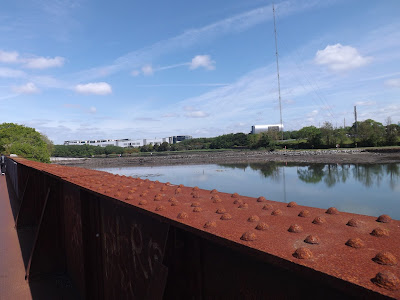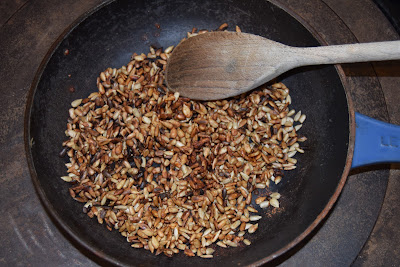68 / NOW
The term ‘community arts’ is vociferously disputed
provoking all manner of bellicose behaviour, duels at dawn, rude letters, scornful articles in
newspapers… In Belfast in the
70s/80s we – along with a handful of others – saw ourselves as harbingers of
the movement that began in 60s Britain.
Our version was certainly inspired by the UK examples that I knew of first
hand, among them Great Georges Project the Blackie and Welfare State
International. I brought this
knowledge to the small collective of artists and politically motivated activists, Neighbourhood Open Workshops (NOW), in Belfast.
Our vision was to work collaboratively on arts projects with specific
communities and sectors. We ran free
arts and skills workshops in youth and neighbourhood centres, in the streets,
in areas of deprivation, bringing along our own materials and equipment.
A Weaving is one example. First the myth of Hy-Brazil was told where, every seventh year a small island appeared among the ocean waves. Participants were then invited to help weave this island as they imagined it on a large, vertical tapestry loom. At the same time the story of the island was continuously being told, and simultaneously mapped out, with participants’ ideas that had been prompted by the question, “What would you like to find on the island of your dreams?”. So the story of the phantom island was amended successively, incorporating fresh ideas as people came and went. The story grew, the map was drawn with increasing detail, the tapestry was filled in, Each tapestry weaving took up to two or three days to complete. It was then duly celebrated with music and taken to hang in a prearranged location in the vicinity; left behind as we moved on.
The A Weaving project commemorated a young co-worker and friend killed the previous summer. He was struck in the chest by a British Army plastic bullet, caught in the crossfire, while walking to his mother’s house in the west of the city. All he had wanted to do was to check she was keeping safe during riots taking place in her area. It is sad to think he had been drawn to work with our small arts collective because he believed we were offering a positive and peaceful alternative to violence and paramilitary activity.


